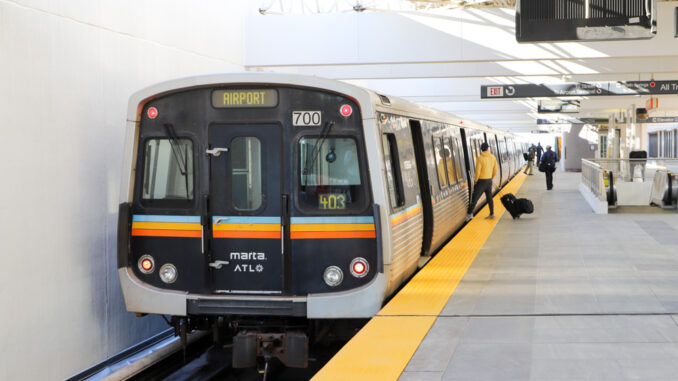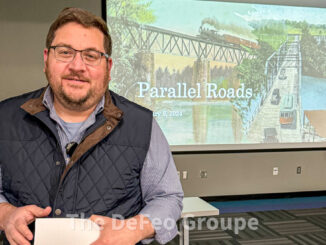
(The Center Square) — The Metropolitan Atlanta Rapid Transit Authority Board of Directors has adopted a $1.6 billion fiscal 2025 budget for the agency, a spending plan that increases spending even as its ridership lags.
The budget includes $654.5 million in net operating funds and $909.2 million for the agency’s capital projects. The capital budget includes $76 million for the agency’s multi-year Station Rehabilitation Program and $92 million for a $646 million investment on new railcars, the first of which officials expect to arrive this year for testing.
The budget’s passage comes as the agency still sees reduced ridership after the COVID-19 pandemic, though officials said it has returned for larger events. Sales tax proceeds account for about 59% of MARTA’s operating budget, while passenger revenue accounts for nearly 13%.
The budget is built on roughly $386.5 million in sales tax revenue, nearly $82 million in passenger revenue and $80 million in federal operating assistance. The $654.5 million operating expenses are roughly $23 million more than the agency’s fiscal 2024 budget.
In a statement, MARTA General Manager and CEO Collie Greenwood said the “budget underscores our priorities of keeping the current system in a state of good repair, building the MARTA of the future, and growing ridership.”
According to a release, the budget includes a 4% salary increase for non-union employees, and it funds the agency’s obligations under a collective bargaining agreement.
The agency is in the midst of a $1 billion multi-year Station Rehabilitation Program initiative to overhaul all 38 stations. The transit agency is paying for the upgrades using State of Good Repair Funds from its capital budget, and last month, MARTA officials reopened the system’s Airport Station following a six-week closure as part of a $55 million upgrade.
Officials said the fiscal 2025 spending plan marks the 13th consecutive year the board has approved a balanced budget without a fare increase.
This article was published by The Center Square and is republished here with permission. Click here to view the original.




